On our trip to Spain this year, we had Paella at least three different times. I was disappointed three times. To me, it was too fishy and in my book that is a sign of low quality ingredients. In the last two books we read, there was recipes for paella. So, for our monthly dinner, I decided that I wanted to fix my fishy thoughts.
I think what initially turns people off is that you are supposed to use a specific pan. That is the root of paella which means pan. I really don’t think it is required, but part of the dish is the layer of crusty rice on the bottom. The more that can be spread out, the more of it there is. We happen to know someone that had one we could borrow.
Most of the complications of making it comes from the number of ingredients and having your mis en place. A strict Valencian paella would be seafood only but there is a surprising number of variations that can be done. The keys are the rice and not stirring it in the pan. Here was my version (or really Aran Goyoga).
- chicken thighs
- onion
- garlic
- chicken broth
- saffron
- Arborio rice
- Spanish chorizo
- tomato
- green beans
- shrimp
- mussels
- clams
- lemon
- parsley



Start by browning the chicken, then the onion and garlic. Meanwhile, heat up the broth with saffron. Mix the chicken back in and add the green beans and chorizo. Then add the chicken back in and brown the rice. Pour the broth on top of all that and don’t touch.
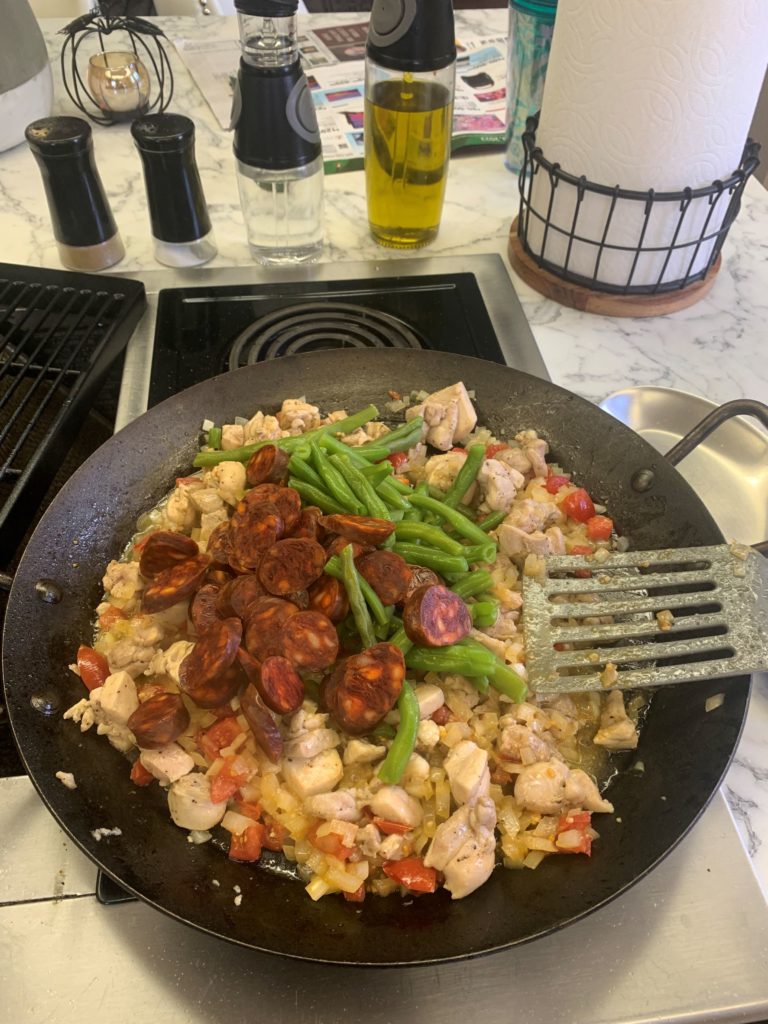
Once the rice is mostly cooked, add the seafood and cover the pan with foil. Finally, garnish with lemon and parsley.
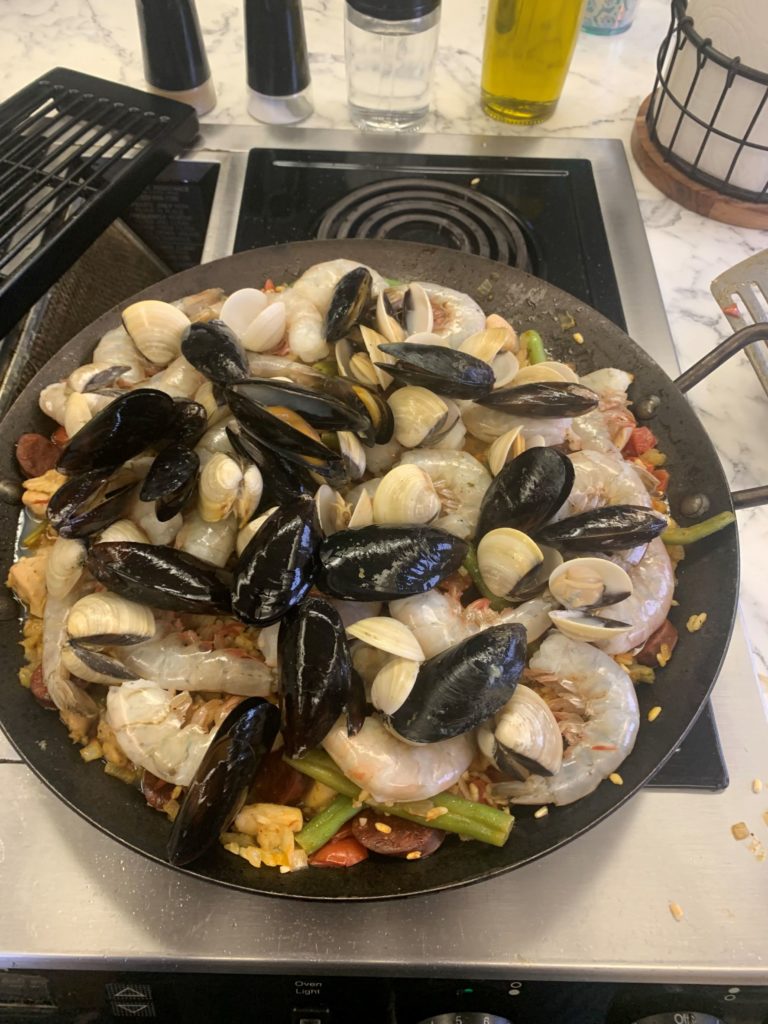
Now, this was something to look forward to.
End Your Programming Routine: It’s hard to really compare. It just may be that my taste are not acclimated to the same spectrum as Spanish people. I often find that the American interpretation is more to my liking than the original. For instance, I found pasta bland in Italy. It could also be that restaurants are almost always worse than when someone makes it. My point being, don’t be intimidated. You can do it.



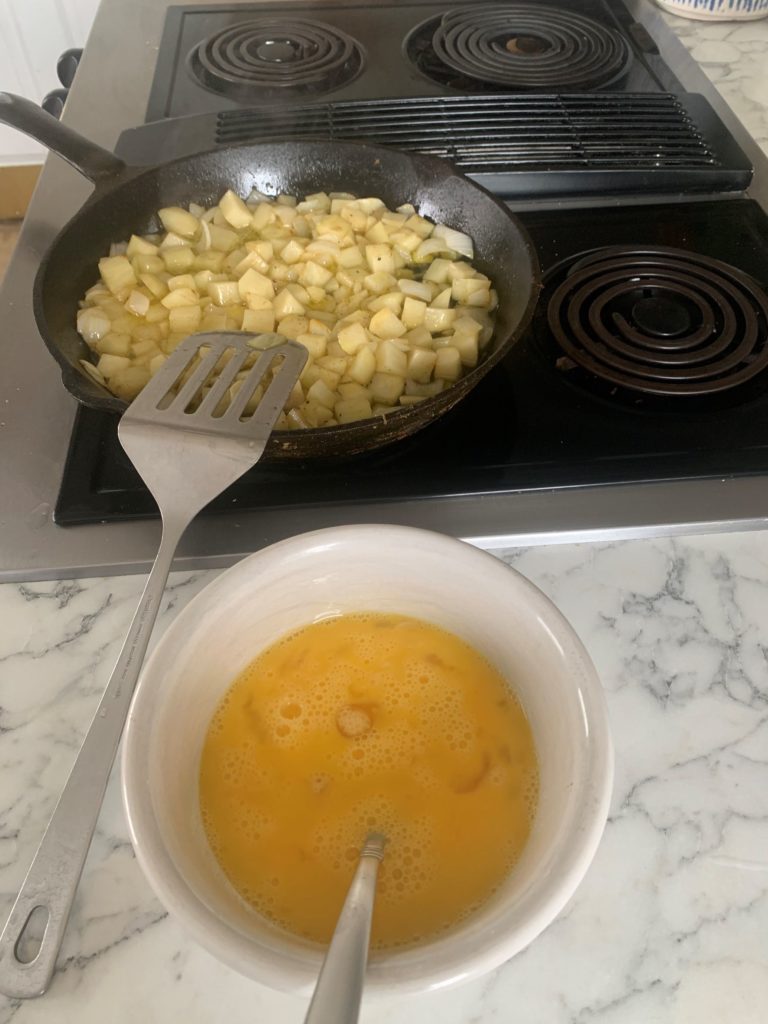
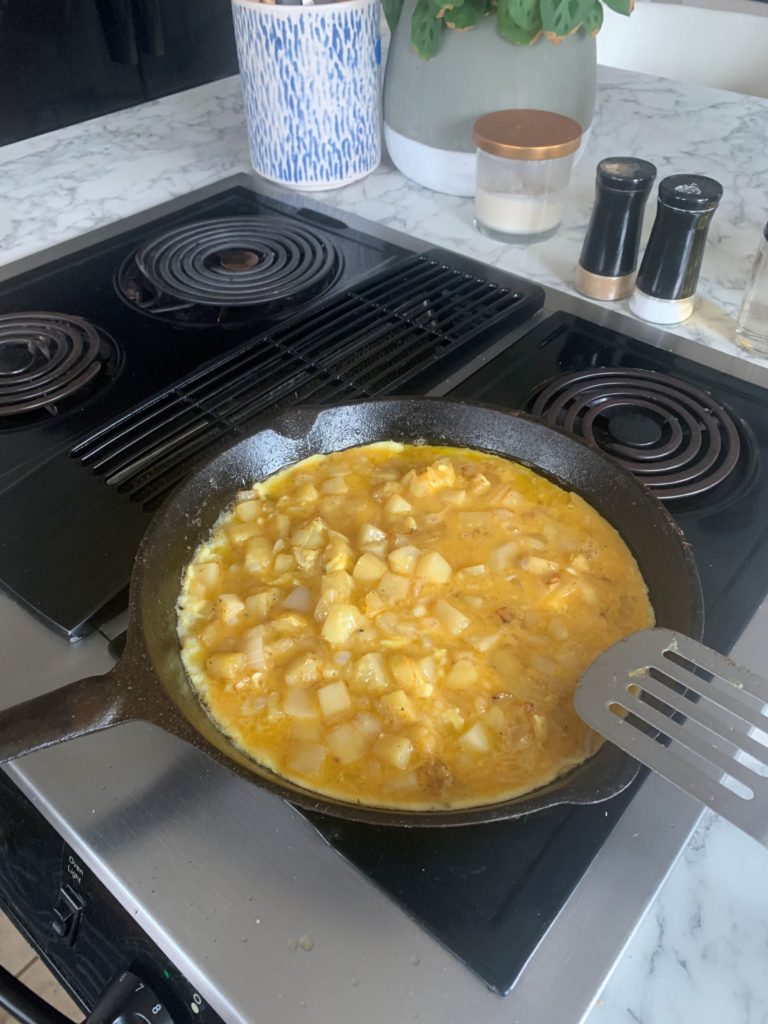
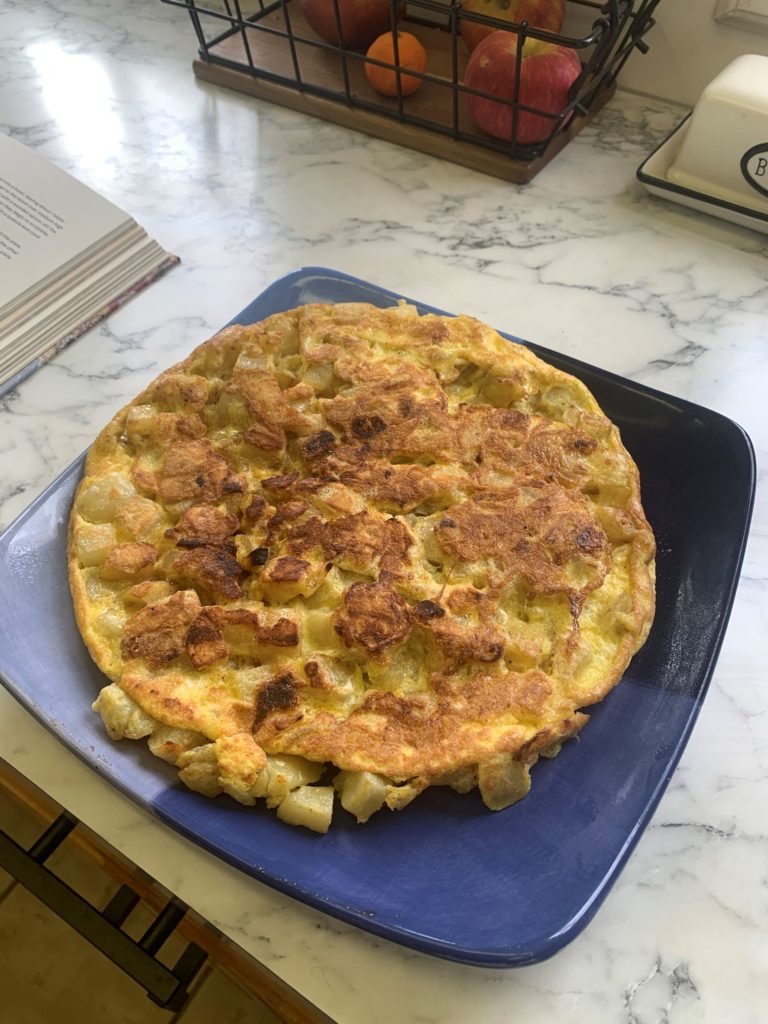
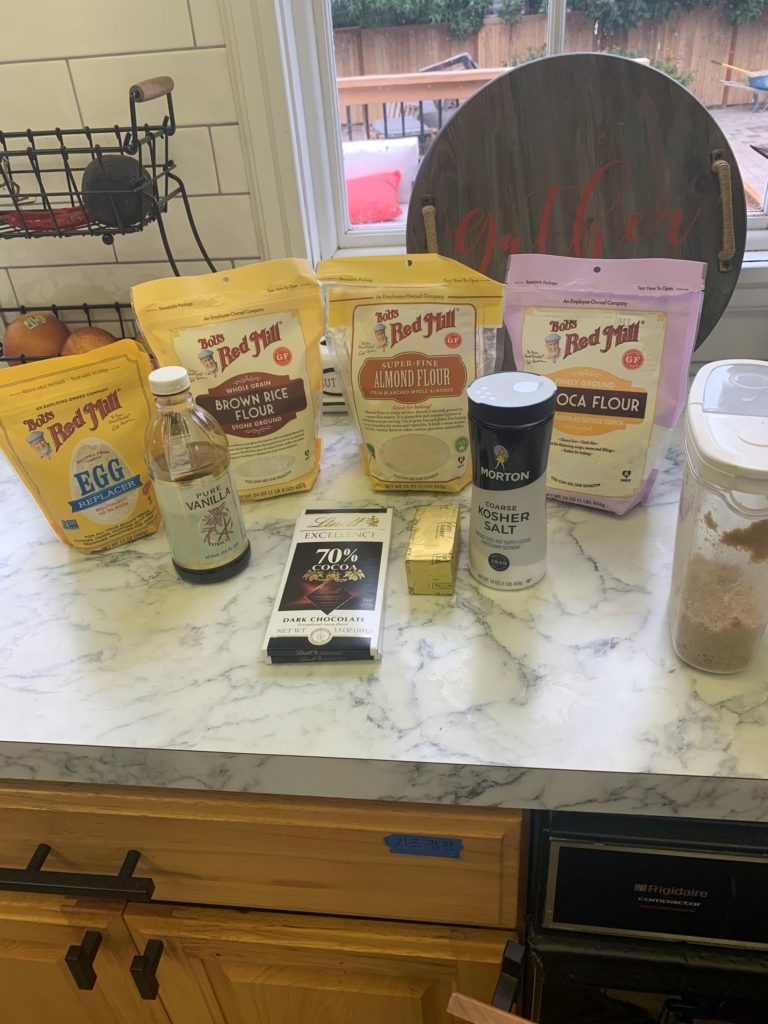
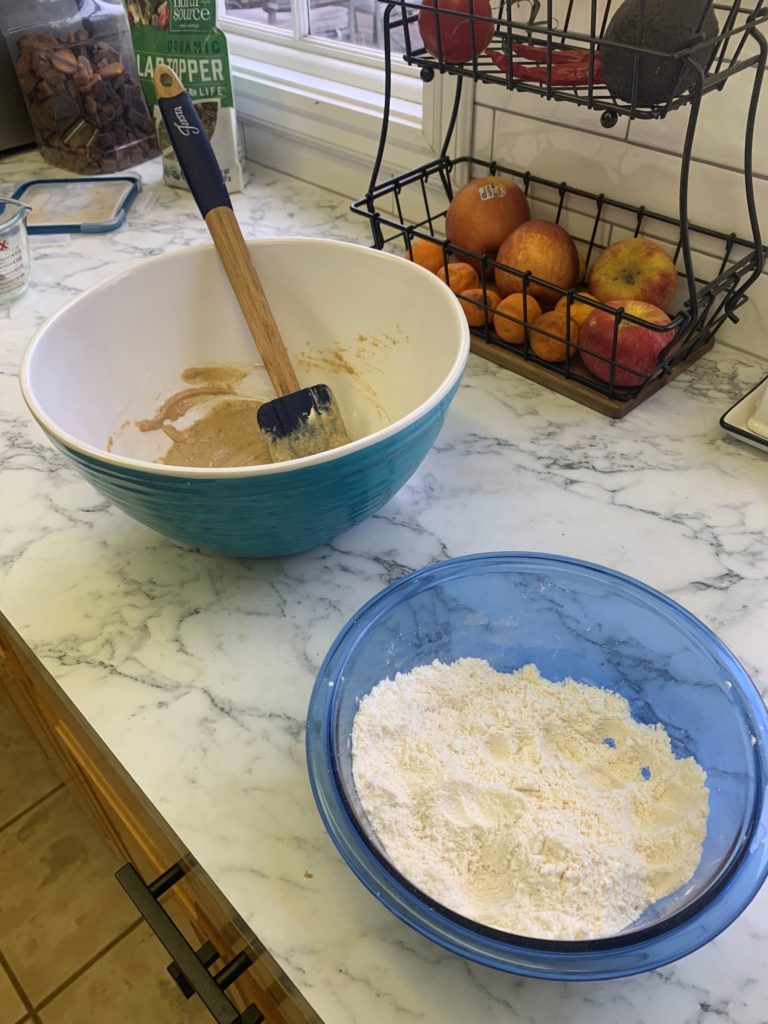
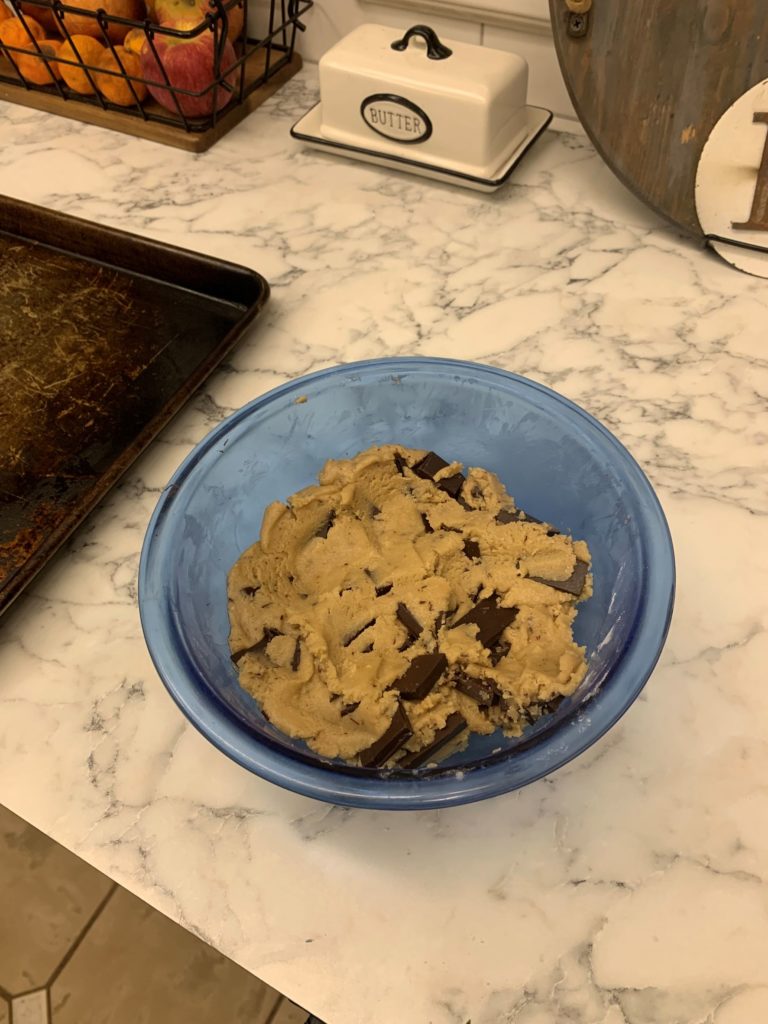

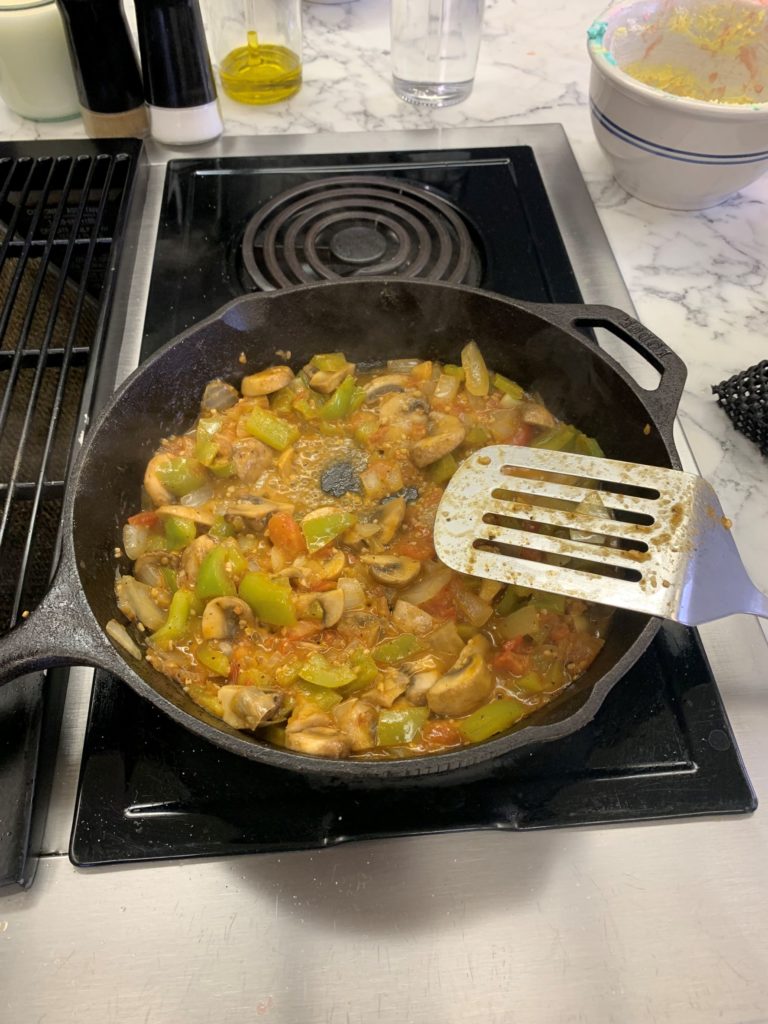


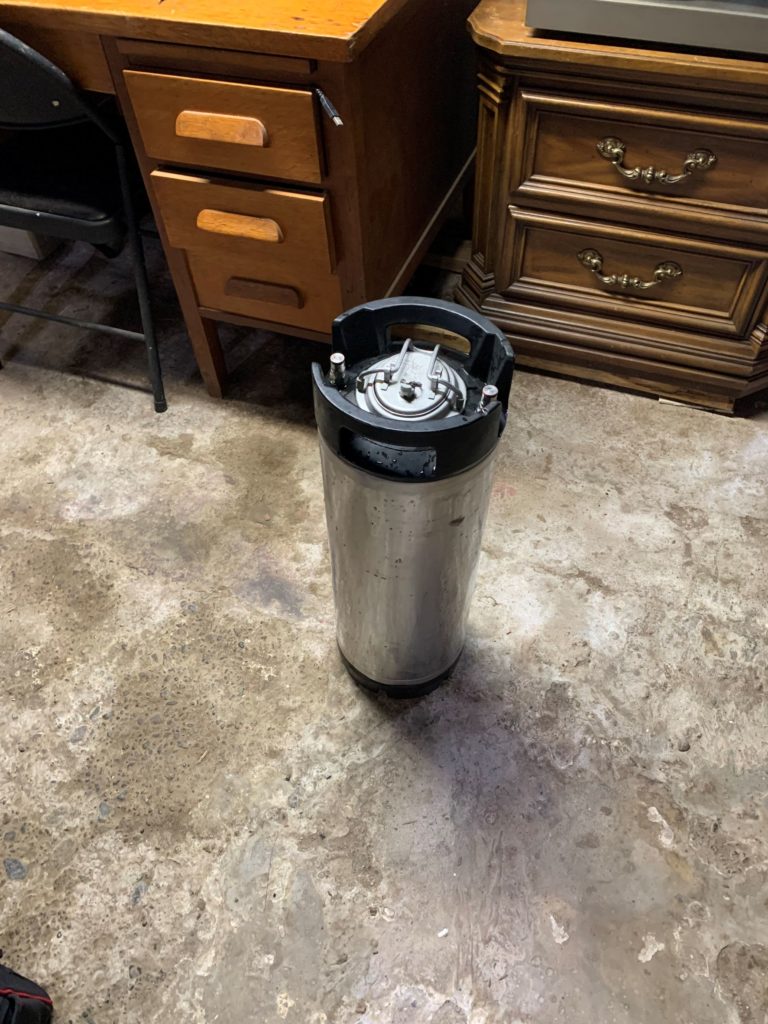



Recent Comments